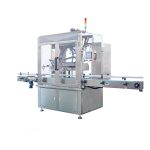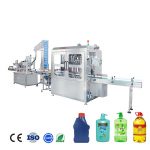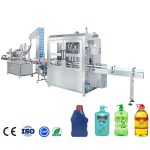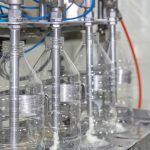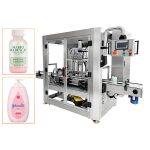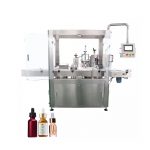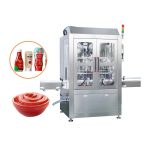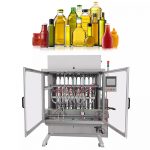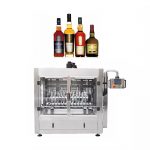There is no one "best" system of filling that can be universally applied to all situations. The best system of filling will depend on the specific needs and requirements of the task at hand. Some factors to consider when selecting a filling system include:
- The type of material being filled: Different filling systems are better suited for handling different types of materials. For example, a gravity filling system may be suitable for filling a liquid with a low viscosity, while a pressure filling system may be more appropriate for filling a thicker, more viscous material.
- The volume of material being filled: The volume of material being filled will also influence the choice of filling system. For large volume filling applications, a continuous filling system may be more efficient, while a smaller batch filling system may be more suitable for lower volume filling tasks.
- The required accuracy and precision: The required accuracy and precision of the filling process will also impact the choice of filling system. For applications where very precise fills are required, such as pharmaceutical or laboratory settings, a more accurate filling system, such as a positive displacement filling system, may be necessary.
- The speed of the filling process: The speed of the filling process may also be a factor in choosing a filling system. For high-speed filling applications, a continuous filling system may be more suitable, while a slower, more controlled filling process may be more appropriate for applications where accuracy is more important.
- The type of container being filled: The type of container being filled will also impact the choice of filling system. Some filling systems are better suited for filling containers with irregular shapes or sizes, while others are more suitable for filling standard containers.
- The budget and resources available: The budget and resources available for the filling process will also be a factor in selecting a filling system. Some filling systems may be more expensive to purchase and maintain, while others may be more economical.
Overall, the best filling system will depend on the specific needs and requirements of the filling task. It is important to carefully consider all of the factors mentioned above when selecting a filling system to ensure the most efficient and effective solution for the application.
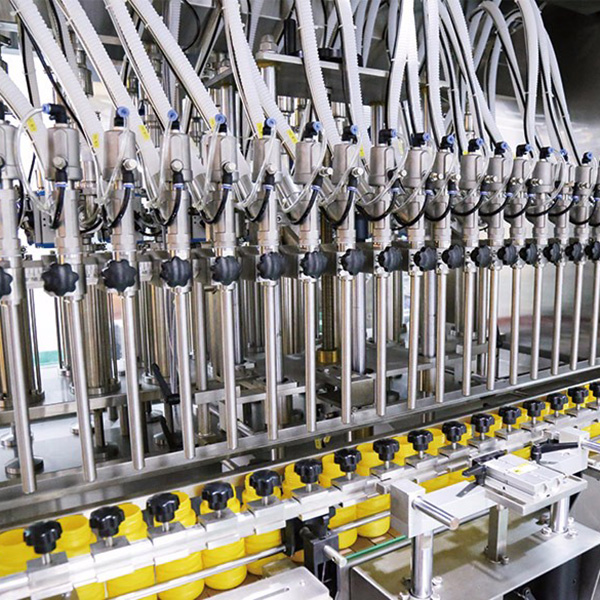
There are several different types of filling systems that can be used to fill a variety of materials into containers of different shapes and sizes. Some common types of filling systems include:
- Gravity filling systems: Gravity filling systems rely on the force of gravity to draw the material to be filled into the container. These systems are typically used for filling low viscosity liquids, such as water or juice, and are often used in food and beverage applications.
- Pressure filling systems: Pressure filling systems use air pressure or other gases to push the material to be filled into the container. These systems are often used for filling thicker, more viscous materials, such as pastes or creams.
- Piston filling systems: Piston filling systems use a piston or other reciprocating element to draw the material to be filled into a cylinder, and then dispense it into the container. These systems are often used for filling products with high viscosities or those that are prone to foaming.
- Net weight filling systems: Net weight filling systems use a load cell or other weighing mechanism to dispense a specific weight of material into the container. These systems are often used for filling products that must be dispensed in precise amounts, such as pharmaceuticals or chemicals.
- Volumetric filling systems: Volumetric filling systems dispense a specific volume of material into the container using a measuring device, such as a pipette or a cylinder. These systems are often used for filling products that must be dispensed in precise amounts, such as pharmaceuticals or chemicals.
- Continuous filling systems: Continuous filling systems are used to fill a continuous stream of material into containers at high speeds. These systems are often used for filling large volumes of material and are often found in mass production applications.
- Batch filling systems: Batch filling systems are used to fill a specific number of containers with a predetermined amount of material. These systems are often used for filling lower volumes of material and are often more flexible and adaptable than continuous filling systems.
In addition to these basic filling systems, there are also many specialized filling systems designed for specific applications, such as filling hazardous materials, filling products under aseptic conditions, or filling products that are sensitive to heat or oxygen.
Overall, the best filling system for a particular application will depend on the specific needs and requirements of the task at hand, including the type of material being filled, the volume of material being filled, the required accuracy and precision, the speed of the filling process, the type of container being filled, and the budget and resources available.

